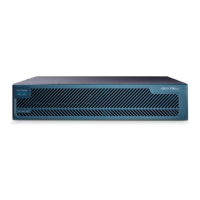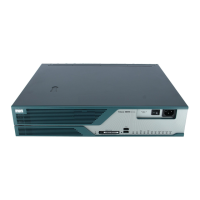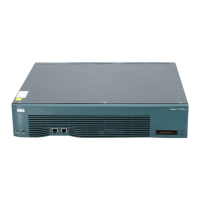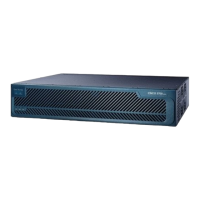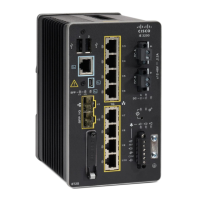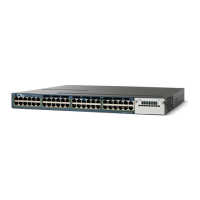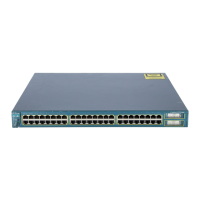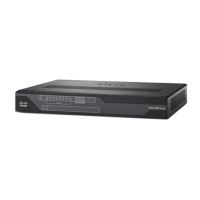87
Cisco 3900 Series, Cisco 2900 Series, and Cisco 1900 Series Integrated Services Routers Generation 2 Software Configuration Guide
Chapter Configuring Ethernet Virtual Connection Bridge Domain
Support for Y.1731 Performance Monitoring for EVC BD
!
ethernet cfm domain OperatorB level 2
mep archive-hold-time 65
mip auto-create
service MetroCustomer1OpB vlan 101
continuity-check
!
interface gigabitethernet1/2
ethernet cfm mip level 2 <<<< manual MIP
!
interface gigabitethernet2/2
ethernet cfm mip level 4 <<<< manual MIP
ethernet cfm mep domain OperatorB mpid 202 vlan 101
CE-B Configuration
!
ethernet cfm global
ethernet cfm ieee
ethernet cfm traceroute cache
ethernet cfm traceroute cache size 200
ethernet cfm traceroute cache hold-time 60
!
ethernet cfm domain Customer-L7 level 7
service Customer1 vlan 101 direction down
continuity-check
!
interface gigabitethernet3/2
ethernet cfm mep domain Customer-L7 mpid 702 vlan 101
Support for Y.1731 Performance Monitoring for EVC BD
Y.1731 Performance Monitoring (PM) provides a standard Ethernet PM function that includes
measurement of Ethernet frame delay, frame delay variation, frame loss, and frame throughput
measurements specified by the ITU-T Y-1731 standard and interpreted by the Metro Ethernet Forum
(MEF) standards group.ITU-T Y.1731 feature supports key operation and maintenance standards that
provide for automated end-to-end management and monitoring of Ethernet service by service providers.
Note This feature is supported only if you have purchased the DATA technology package functionality
(datak9) licensing package. For more information about managing software activation licenses on the
Cisco ISR and Cisco ISR G2 platforms, see
http://www.cisco.com/en/US/docs/routers/access/sw_activation/SA_on_ISR.html.
Configuring a Sender MEP for a Single-Ended Ethernet Delay or Delay Variation Operation
Perform this task to configure a sender MEP on the source device.
Before You Begin
Time synchronization is required between the source and destination devices in order to provide accurate
one-way delay (latency) or delay-variation measurements. Configure either Precision Time Protocol
(PTP) or Network Time Pprotocol (NTP) on both the source and destination devices.

